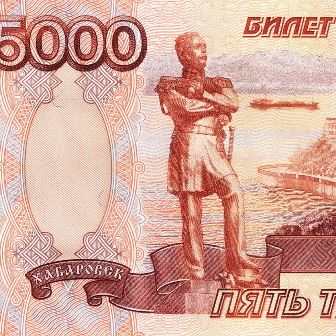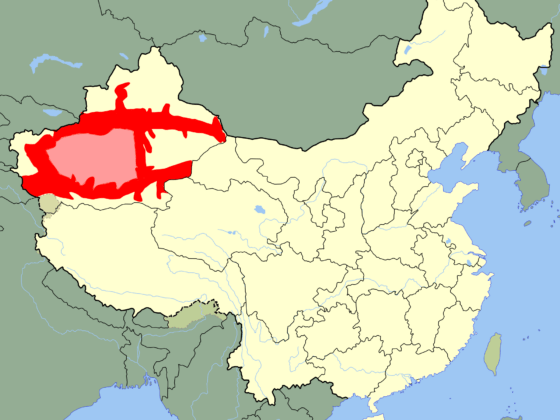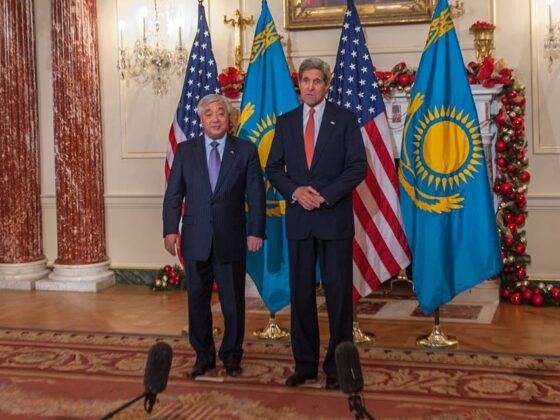It’s worth taking a moment to think about what this picture might mean. ‘Might’, because the future is uncertain, all of these trends could be reversed, and life could get back to something like normal. ‘Might’, because all guesses at the future are just that – guesses. But still, it’s worth the time it takes to think this through.
What this picture represents is a radical redistribution of power in Russia. The collapse of the ruble shifts power from those who earn money in rubles (banks, retailers, the service sector, entrepreneurs of various kinds) to those who earn in what we may as well start calling ‘hard currency’ again (natural resource exporters, mostly). The collapse of the stock exchange shifts power from those who have relied on dispersed sources of finance (i.e., the capital markets), to those who can rely on concentrated sources (i.e., their own hard-currency earnings, plus access to the state as a primary investor).
In other words, while all of this weakens Russia, it actually strengthens the hierarchy, cements the position of the ‘new economy’ elite at the bottom of the power structure, and, by cutting off avenues of escape and alternative sources of support, increases the Kremlin’s leverage.
Of course, if the ruble becomes worthless, that leverage won’t mean much.
———
This comment is also available at Moscow-on-Thames.











